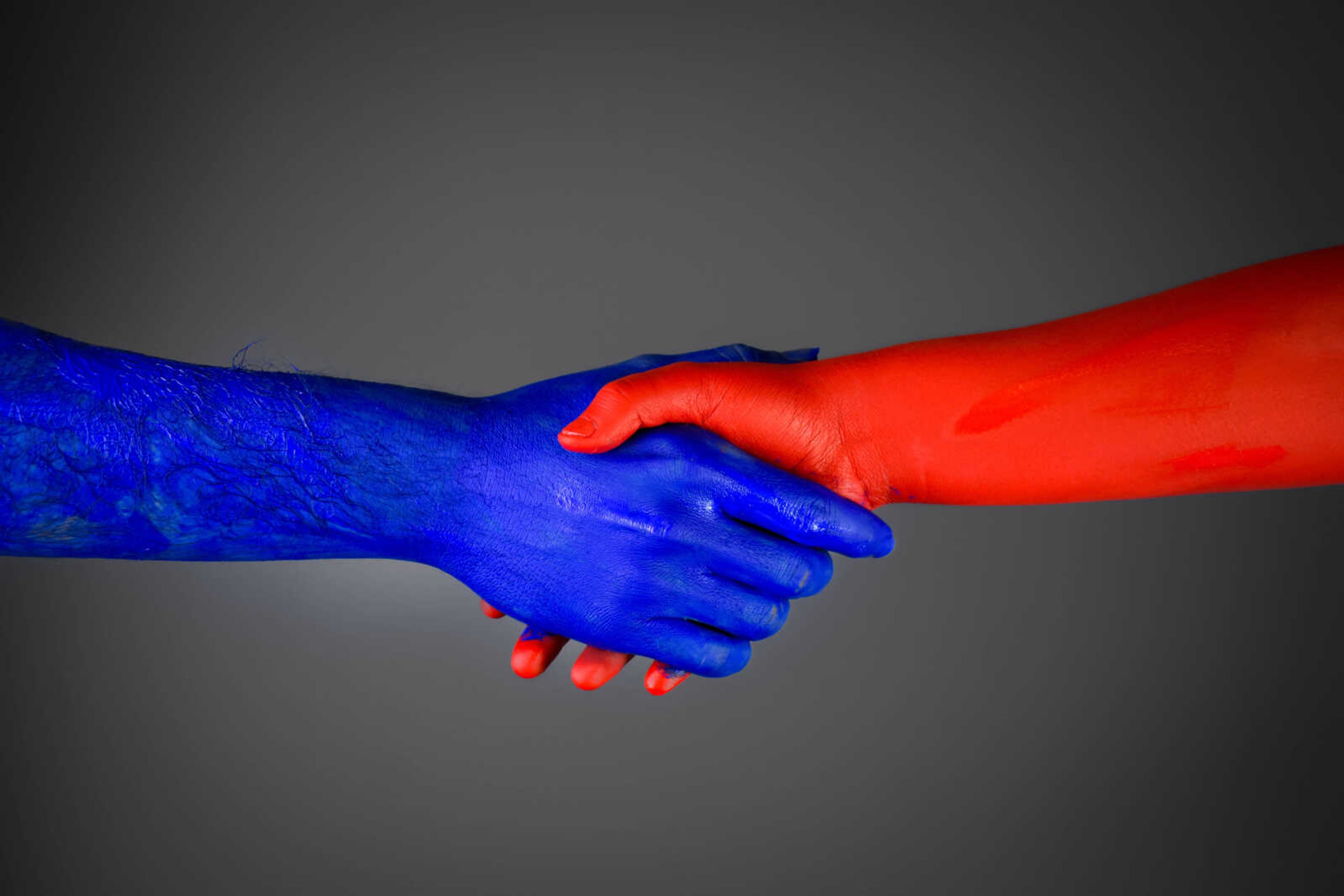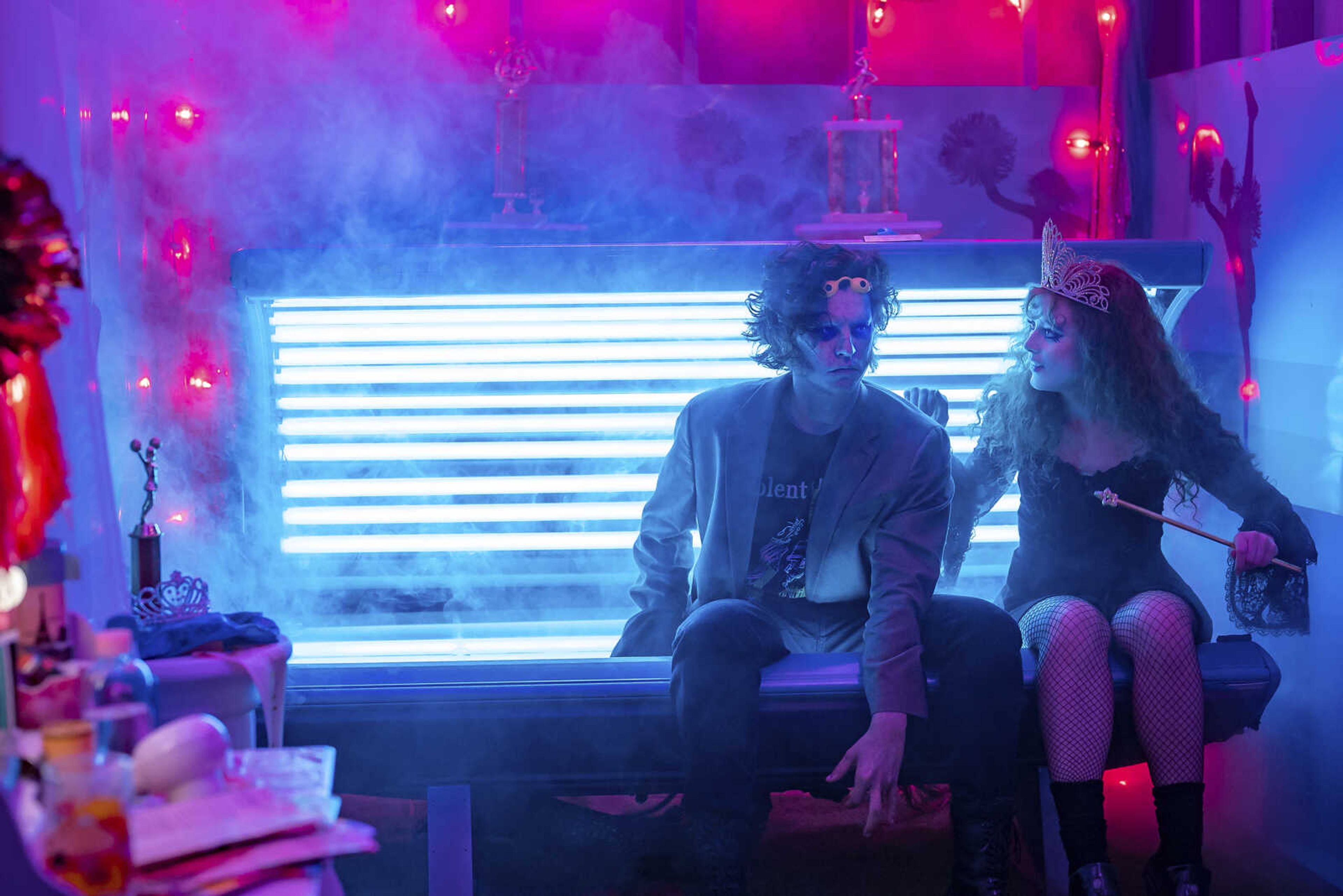Book details the history of electricity
SARATOGA SPRINGS, N.Y. -- Dark light or benevolent force? In the 19th century, at the dawn of the light bulb and the X-ray, electricity was considered a mysterious force believed entwined with mind and body. Were the inventions boon or disaster, capable of curing or killing? Or as Samuel Morse tapped out in 1844 during his first public demonstration of the telegraph: "What hath God wrought?"...
SARATOGA SPRINGS, N.Y. -- Dark light or benevolent force?
In the 19th century, at the dawn of the light bulb and the X-ray, electricity was considered a mysterious force believed entwined with mind and body.
Were the inventions boon or disaster, capable of curing or killing? Or as Samuel Morse tapped out in 1844 during his first public demonstration of the telegraph: "What hath God wrought?"
In "Dark Light," written by Linda Simon, echoes of the Internet abound. Anyone who has ever heard a hyped-up testimonial about the Web would recognize claims made by champions of the telegraph: It would be a force for democratization; it would render the postal system antiquated; it would "annihilate space and time."
"All through the book, doing the research, I felt like I was reading yesterday's paper," said Simon, an English professor at Skidmore College in Saratoga Springs.
Space and time survived the telegraph, and its unveiling portended a new age of the telephone, the phonograph, the electric light, electrotherapies, the X-ray and the electric chair.
While electricity today is regarded as utilitarian, it was believed by many in the 19th century to be an almost supernatural force.
Little wonder the most famous inventor of the age, Thomas Edison, was dubbed the Wizard of Menlo Park. The book also details how Dr. George Beard built a reputation by promoting electrotherapy's power to cure exhausted housewives and businessmen. Electrified corsets were advertised with copy reading "Exhilarating!"
Marketing problemsDespite the wonderment, there were problems marketing electrical inventions to an uncomprehending public. Writing about the lackluster response to the telegraph, Simon writes that some people thought it could actually transmit pieces of paper with messages written on them. There also were fears that inventors were messing with something that ought to have been left alone.
The mix of amazement and fear was on display in Wabash, Ind., in 1880 during an outdoor demonstration of arc lighting. Simon writes that as locals reacted as if they were witnessing a supernatural event, an elderly man unaware of the show ran into his house and yelled: "Down on your knees, Mary! The end of the world is here!"
Even the light bulb faced resistance. In a world lit by the soft glow of gas, women reportedly worried about glaring electric lights causing freckles.
"Initially, electricity was not a silent, invisible force," Simon said. "If you turned on a light switch, often there would be sparks. The wires buzzed and crackled. So you had this constant sense there was this threat."
Even X-rays, the "dark light" of the title, were called a menace to personal privacy after an initial wave of public awe. At first, curiosity seekers packed exhibitions for a chance to look at their insides and friends exchanged the strangely intimate pictures. Later, after concerns were raised about their health effects, one vendor sold X-ray proof underwear.
Scientists didn't always help their cause.
Edison and Nikola Tesla waged a battle over whether electricity should be provided in alternating current (Tesla's choice) or direct current (Edison's). Edison famously electrocuted animals to demonstrate the danger of alternating current. Edison lost the war, and New York officials chose alternating current to power the world's first electric chair.
Doctors offering electrotherapy were not thrilled with the new execution method. One physician lobbying for the state to sanction strangulation instead of electrocution said strangled people sometimes hear music during the procedure and "there is no testimony of pain that I have discovered."
Simon notes archly that colleagues wondered how dead people could report what it felt like to be strangled.
Simon had delved into the era before for biographies of William James and Alice B. Toklas and was happy to revisit the tumultuous time for "Dark Light."
Of particular interest to her was how people with little formal training and a lot of talent, like Edison, could make such a big splash. Curiously, Simon shows that the inventors themselves had scant idea where things were headed. Amid doubts about how useful the telephone would be in a world that already had the telegraph, Alexander Graham Bell foresaw limited home use for his invention. Other people saw only specialized uses for the new gadget, like for clergymen phoning in Sunday sermons.
"Certainly, few saw a market for telephones in the home," Simon writes, "except perhaps as a kind of intercom to summon servants."
Connect with the Southeast Missourian Newsroom:
For corrections to this story or other insights for the editor, click here. To submit a letter to the editor, click here. To learn about the Southeast Missourian’s AI Policy, click here.









